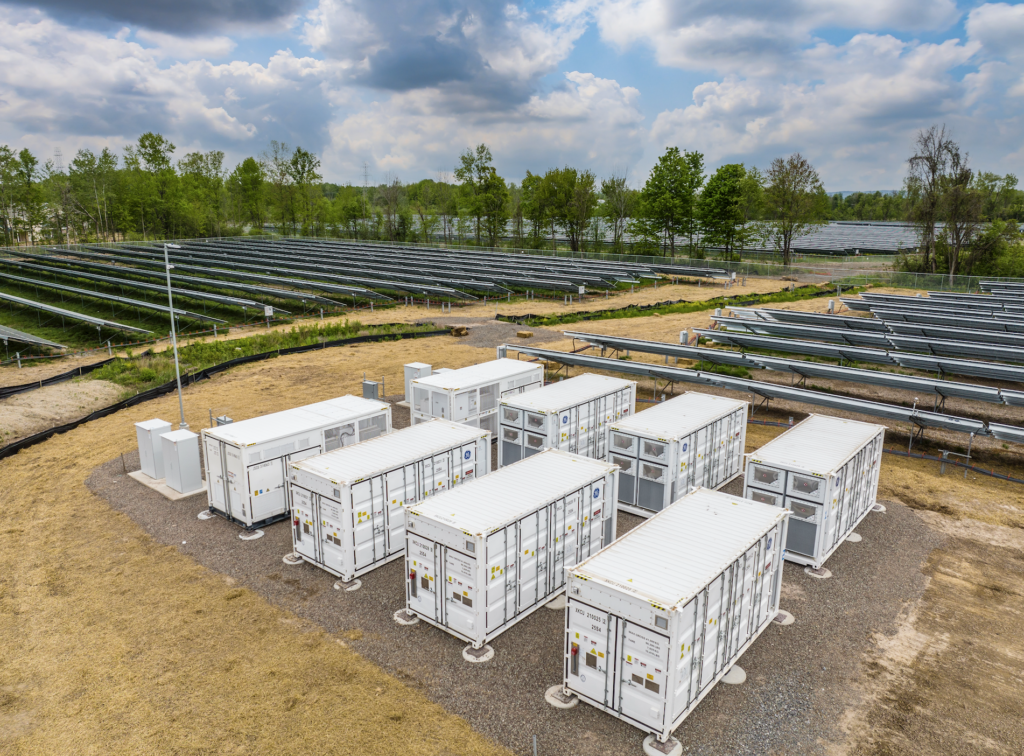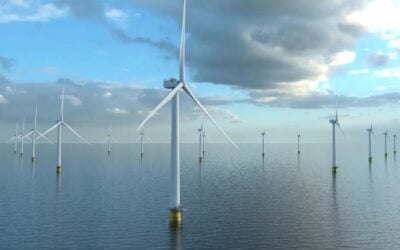
A hybrid power plant coupling solar PV with battery storage, built as a ‘non-wires alternative’ to more expensive network upgrades, has gone online in Upstate New York.
The New York town of Cicero is served by the Pine Grove substation in utility National Grid’s service territory. It has experienced congestion and electrical stress in recent years and more is expected as both demand for electricity and the growth of renewable energy resources continue.
Enjoy 12 months of exclusive analysis
- Regular insight and analysis of the industry’s biggest developments
- In-depth interviews with the industry’s leading figures
- Annual digital subscription to the PV Tech Power journal
- Discounts on Solar Media’s portfolio of events, in-person and virtual
Rather than building out the local transmission and distribution (T&D) network with power lines or new substations to accommodate or enable that, National Grid launched a competitive tender process in 2018, open to proposals for various kinds of distributed energy resources (DER) solutions.
The specified need was for 10MW of load relief up to 2031, with a maximum need for up to 49MWh per day, with summer peak load forecasted to exceed 100% of the Pine Grove substation’s emergency rating during this decade.
Developer Convergent Energy + Power’s winning proposal combines 15MWdc of solar PV with a 10MW/40MWh battery energy storage system (BESS). Convergent designed and built the project and will manage its operation.
The solar-plus-storage plant will increase the substation’s capacity cost-effectively, while increasing the amount of renewable energy used in the area. While National Grid’s regional subsidiary Niagara Mohawk Power Corporation will leverage the asset to manage peak demand, on days when it is not called into action for this purpose, Convergent Energy + Power will use it to participate in the wholesale electricity market.
It is one of just a small handful of US projects so far to utilise batteries as a non-wires alternative (NWA). Convergent Energy + Power built one of the first, as an alternative to US$18 million of T&D upgrades in Boothbay, Maine, completed in 2018.
In New York State, another developer, Key Capture Energy, completed a 3MW standalone BESS project in April 2018 for utility Orange & Rockland to ease congestion experienced due to load growth near a substation in Pomona.
Convergent Energy + Power’s new project received construction-to-term financing from NY Green Bank, as well as close to US$2.3 million from public benefit corporation NYSERDA through NY-Sun, a programme run to accelerate the deployment of solar PV in the state.
New York as a state is targeting reaching 57% renewables – including hydroelectric – by 2030 and net zero electricity by 2040, while it also has in place an energy storage deployment target of 6GW by 2030 to help it get there.






